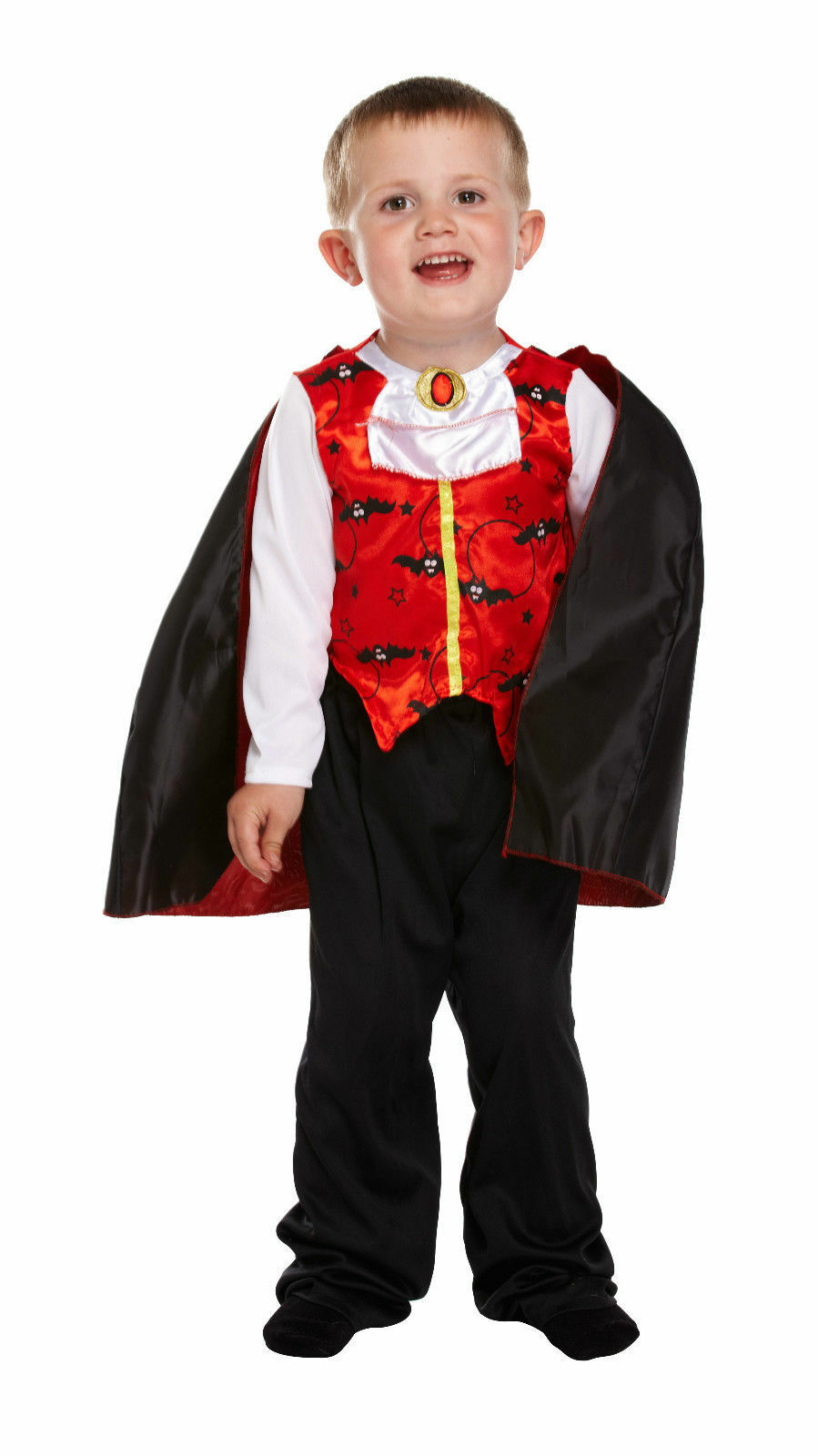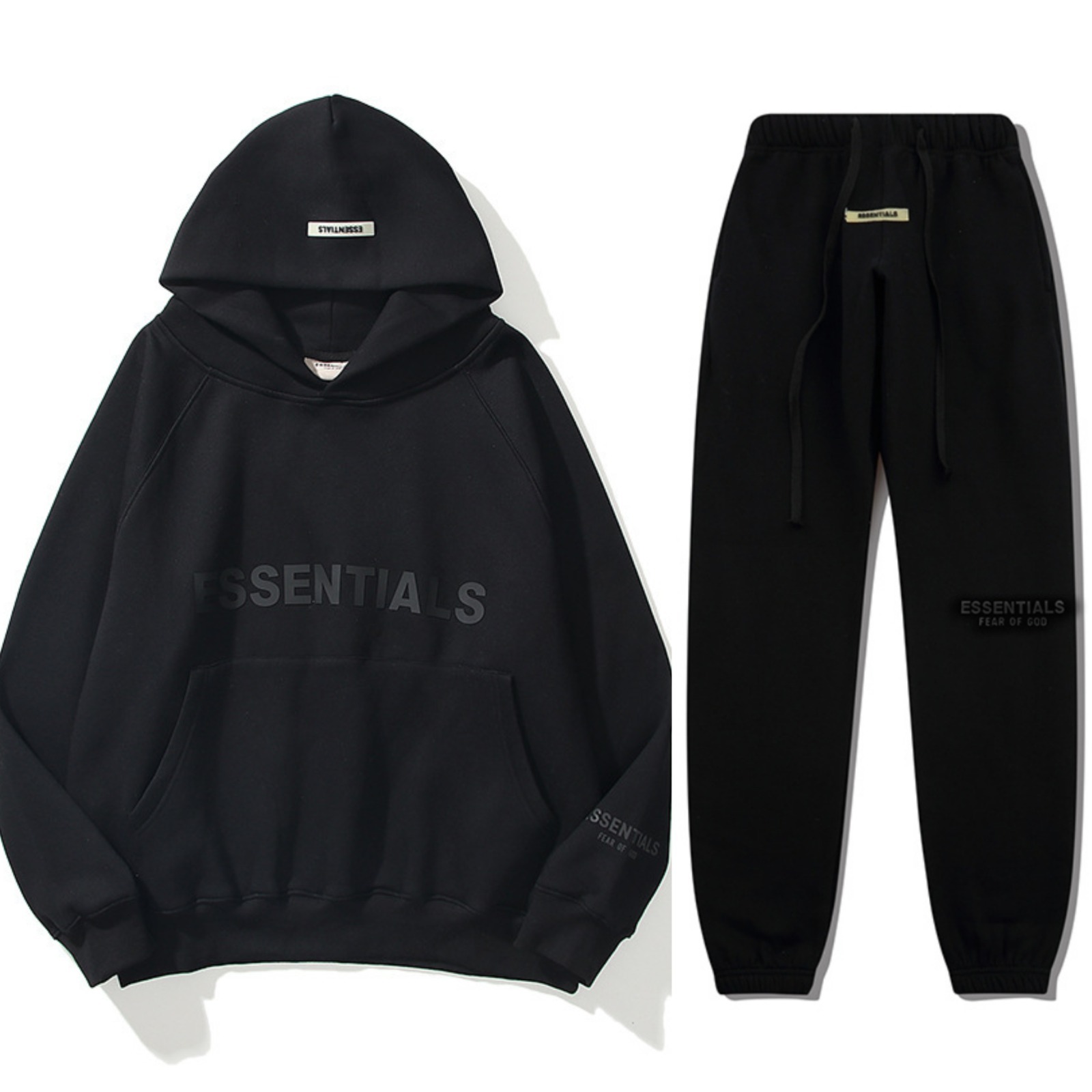Vampires have been a popular part of folklore and pop culture for centuries, captivating imaginations with their mysterious allure, elegance, and a touch of fear. When it comes to Halloween or themed parties, children’s vampire costumes remain a classic and beloved choice. This guide will delve into the essentials of selecting, styling, and perfecting a vampire costume for your child, ensuring they are the spookiest (and perhaps the most stylish) little vampire in the room.
Why Choose a Vampire Costume?
Vampires have a timeless appeal. They embody a mix of sophistication and spookiness that makes them a favorite for Halloween and other costume events. For children, dressing up as a vampire allows them to explore this intriguing character, channeling the dark elegance and mysterious charm that vampires are known for. Additionally, vampire costumes are versatile and can be tailored to fit a range of personal styles and preferences, from traditional to modern interpretations.
-
Classic Appeal:
The image of the vampire, with its long cape, sharp fangs, and suave demeanor, is iconic. It’s a look that is instantly recognizable and resonates with the spooky themes of Halloween. Children love the drama and flair that come with the vampire persona, making it a popular costume choice year after year.
-
Easy Customization:
A vampire costume can be as simple or elaborate as you like. This flexibility makes it an excellent choice for parents who want to either go all out with intricate details or keep it simple and budget-friendly.
-
Gender-Neutral:
Vampire costumes work well for both boys and girls. The basic elements—capes, fangs, and dark colors—are versatile and can be styled to suit any child’s preference.
Essential Elements of a Children’s Vampire Costume
Creating the perfect vampire look for your child involves several key components. These elements combine to create a cohesive and compelling costume that will make your child the star of any Halloween gathering or costume party.
-
The Cape:
No vampire costume is complete without a dramatic cape. Traditionally, vampire capes are black with a red lining, symbolizing both the darkness and the blood associated with vampire lore. When choosing a cape, consider the length—shorter capes are easier for younger children to manage, while longer ones can add more drama for older kids.
-
The Outfit:
The outfit beneath the cape can vary depending on how traditional or modern you want the costume to be. A classic vampire look typically includes a white shirt with a high collar, black pants or a skirt, and a vest or waistcoat. For girls, a gothic dress can also be a great option. Look for clothing that has a slightly old-fashioned, Victorian feel to capture the traditional vampire aesthetic.
-
Fangs:
Fangs are a must for any vampire costume. There are many child-safe options available, from reusable plastic fangs to more comfortable, custom-fit varieties. Some fangs even come with safe, temporary adhesive to ensure they stay in place without causing discomfort.
-
Face Makeup:
Pale skin is a hallmark of the vampire look. Face makeup can be used to give your child’s skin a ghostly, undead appearance. White face paint or foundation can achieve this effect, while dark eye shadow around the eyes can add to the sinister, sunken look of a vampire. For a more dramatic touch, consider adding a drop of fake blood at the corner of the mouth.
-
Hair Styling:
Traditional vampires often have slicked-back hair, adding to their polished, old-world charm. A little hair gel or mousse can help achieve this look. For girls or boys with longer hair, consider creating loose waves or an updo that complements the gothic style.
-
Accessories:
Small details can make a big difference. A medallion or brooch pinned to the cape, a gothic ring, or even a small vial of “blood” (red-colored liquid in a small bottle) can add to the authenticity of the costume. For girls, consider a lace choker or a small tiara to add a touch of elegance.
DIY vs. Store-Bought Vampire Costumes
When it comes to creating a children’s vampire costume, parents often face the choice between purchasing a ready-made outfit or assembling one from scratch. Both options have their advantages, depending on your time, budget, and creative inclination.
-
Store-Bought Costumes:
Store-bought costumes are convenient and often come with all the necessary elements, making them a hassle-free option. Many retailers offer a range of vampire costumes, from budget-friendly options to more elaborate, higher-end designs. Look for costumes that include the cape, shirt, pants or skirt, and accessories. If you’re short on time, a store-bought costume can be a quick and easy solution.
-
DIY Costumes:
Creating a vampire costume from scratch allows for greater customization and creativity. You can mix and match clothing items you already own with a few new pieces or accessories to create a unique look. DIY costumes can also be more cost-effective, especially if you repurpose clothing and materials you already have at home. Plus, crafting the costume together can be a fun and rewarding activity for you and your child.
Safety Considerations
When planning your child’s vampire costume, safety should always be a priority. Here are some tips to ensure your child’s costume is both safe and comfortable:
-
Visibility:
If your child will be out after dark, make sure their costume includes reflective elements or consider adding glow-in-the-dark tape to their cape or shoes to increase visibility.
-
Comfort:
Ensure the costume fits well and doesn’t restrict movement. Avoid overly tight clothing or heavy accessories that might become uncomfortable after extended wear.
-
Non-Toxic Makeup:
Use non-toxic, hypoallergenic makeup that is safe for children’s sensitive skin. Always test makeup on a small patch of skin before applying it to your child’s face.
-
Fang Safety:
Choose child-safe fangs that are comfortable and won’t cause any harm. Avoid fangs that require permanent adhesive or could be a choking hazard for younger children.
Bringing the Vampire Character to Life
Once the costume is ready, it’s time to help your child get into character. Encourage them to practice their vampire moves, like a dramatic swirl of the cape or a spooky walk. You can also have fun with vampire-themed activities, such as storytelling, making “blood” punch, or watching age-appropriate vampire-themed shows or movies.
Conclusion
A children’s vampire costume is a timeless choice that combines elements of elegance, mystery, and spookiness. Whether you opt for a store-bought outfit or create one yourself, the key is in the details—from the iconic cape and sharp fangs to the pale makeup and gothic accessories. By paying attention to these elements and ensuring the costume is safe and comfortable, you can help your child become the ultimate little vampire, ready to charm or spook at their next Halloween event or costume party.




